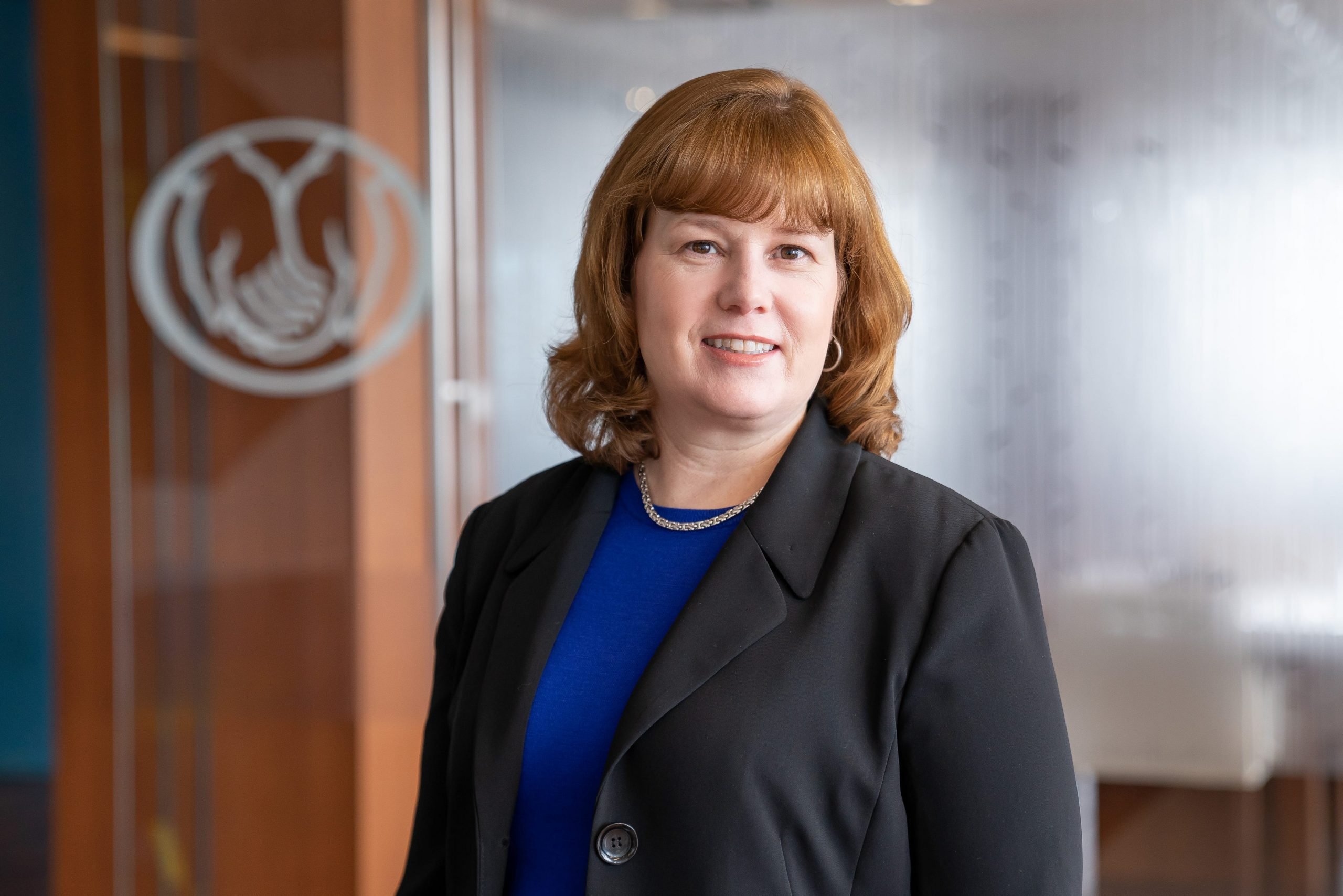
Allstate
- Carrie Blair has been EVP and CHRO at Allstate since October 2019.
- Over the past year, Allstate has been focusing on innovative technology experiences for employees.
- Blair said she works with the CIO and CFO to prioritize tech investments based on measurable outcomes.
- This article is part of the "Innovation C-Suite" series about business growth and technology shifts.
For Carrie Blair, joining Allstate as the chief human resource officer in October 2019 was a no-brainer. After nearly 15 years in human resources positions at financial services companies, she was ready for a role at an iconic, purpose-driven, optimistic brand.
"I can't think of anywhere I've traveled where someone hasn't said, 'Oh, they're the Good Hands people," Blair told Insider.
But she was also energized by the idea that Allstate was clearly willing to disrupt and transform the insurance industry, both for consumers and employees. In general, she explained, insurance has fallen behind when it comes to technology innovation, but is catching up fast. Allstate, for example, now uses telematics to assess driving behavior; drones to survey catastrophes; and offers QuickFoto Claim to allow customers to assess car insurance claims for minor vehicle damage.
For Allstate's employees, Blair's challenge has been how to prioritize and implement consumer-grade, innovative technology experiences for people inside the company, while still being aggressive with consumer offerings.
A new approach to technology and HR
"Recently, we've really started taking a look at our entire approach to technology and HR," she said. In the past, for example, the company might have bought tools for talent acquisition, or performance management, but they did not necessarily work well together or across the ecosystem.
Now, Allstate's HR organization is working to deploy self-service tools for employees and managers for things that are frequently used or highly repetitive, Blair said, as well as analytics tools that offer them insights about their work patterns. "Every week I get a view that comes into my own personal inbox that tells me how I spent my time last week, how long I was in meetings, how much time I spent collaborating and how much time I had for focused, head-down work," she explained.
Another tool offers the organization a full view across the enterprise to understand how and where people are working, which helps inform decisions around real estate in a new, hybrid workplace. For example, the types of collaboration rooms they need and where they should be located.
The company has also started using a digital workspace called MURAL. The platform offers a shared digital canvas for visual collaboration, as well as Zoom Rooms, which uses AI-driven face recognition technology to bring hybrid teams, including those together in person, into Zoom meetings.
"It creates this level playing field, which stops the in-person group from simply talking to each other and brings remote workers fully into the meeting," she said.
All of these tools, she explained, are about testing and learning in the HR space around the most recent technology trends, with a focus on investing in people.
"Human capital is always the most important thing," she said. "After all, we don't really produce anything, we deliver services and solutions to customers that depend on people."
Technology innovation accelerated by the pandemic
The focus on technology innovation targeting employees was accelerated by the pandemic, said Blair, who began her role at Allstate only six months after COVID-19 shutdowns began.
"Our IT team had been investing in our technology stack for a number of years, so we were able to get 95% of our folks working from home within days, around the world," she said. While only 20% of Allstate's workforce worked from home pre-pandemic, she said that under a new hybrid workforce model, that number will permanently rise to over 70%.
"We've seen huge increases in applications because of that," Blair said. "It's been a positive outcome that people don't have to be tethered to an office anymore, because we have seen a 30% rise in diverse candidates applying for opportunities, and we can go to markets we never would have been in before." That includes targeting hard-to-find technology talent in places like Miami where Allstate does not have a physical presence, she explained.
Blair added that she has worked closely with other C-suite executives, such as the CIO and CFO, around technology innovation, particularly around changing the funding model for technology investments to make sure it focuses on outcomes rather than annual financial cycles.
"It will allow us to iterate as we go and get learnings faster," she said. "It also will allow us to put our Allstate hat on and say, 'As we look across the system, what is the best thing for the company?'"

